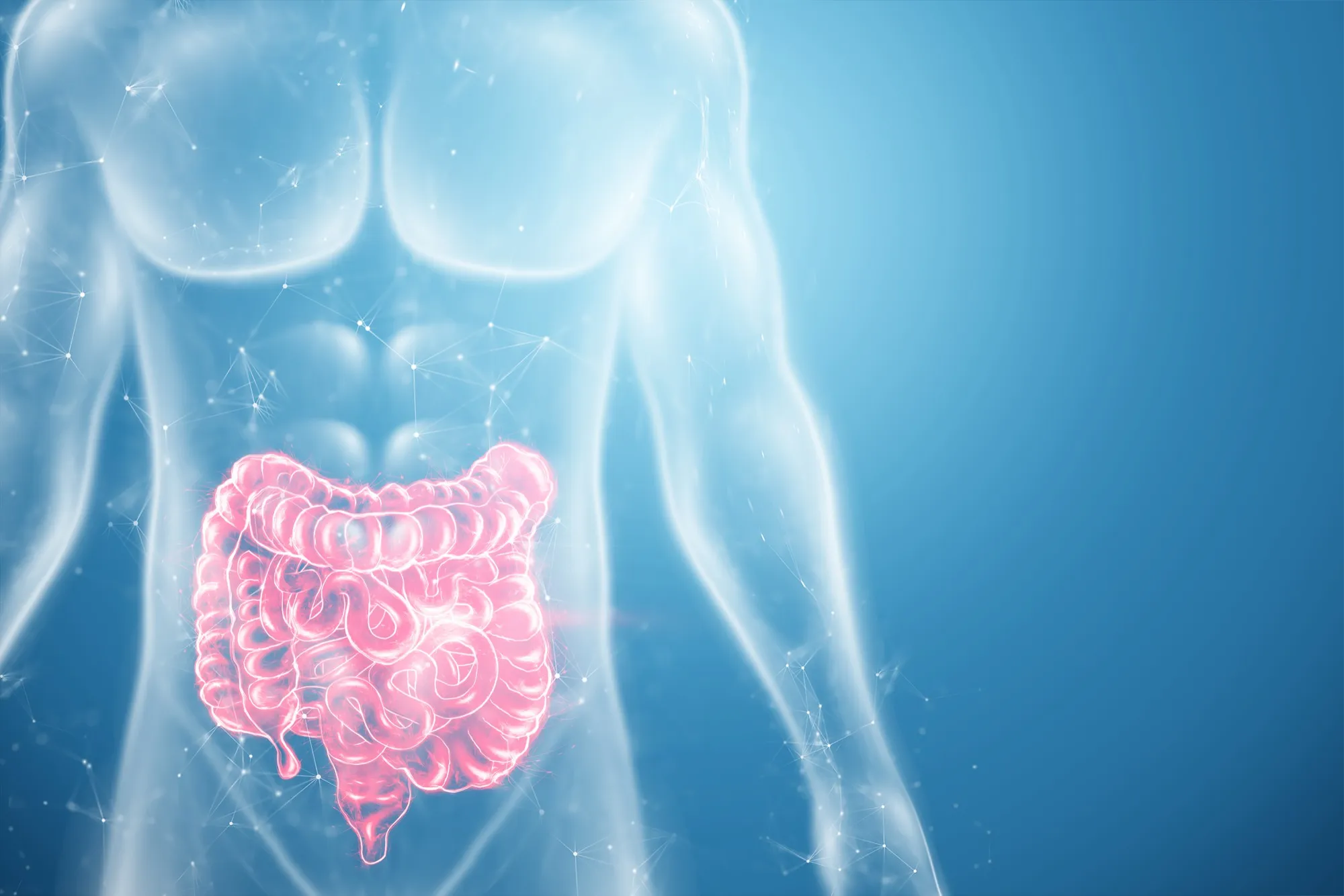DOI: 10.21614/chirurgia.114.2.207
The study explores the effect of neoadjuvant therapy, including chemotherapy and radiotherapy, on the number of lymph nodes retrieved during surgery for mid and low rectal cancer. Neoadjuvant treatment is recognized for improving surgical outcomes in various cancers, including rectal cancer, which often presents challenges owing to its anatomical location. This study offers critical insights into how preoperative treatment protocols influence the pathologic assessment of lymph nodes, which is pivotal for staging and prognostication. The findings suggest that this preoperative treatment may have implications on the accuracy and complexity of subsequent lymph node examinations.
Introduction
Rectal cancer accounts for a significant portion of colorectal malignancies, with the potential for lymphatic spread posing considerable risks for recurrence and decreased survival rates. Accurate staging, principally determined by the number of lymph nodes retrieved and examined after surgery, remains a cornerstone in prognostication and planning of adjuvant therapies. As clinical practices evolve, there has been an increased employment of neoadjuvant treatments, which combine chemotherapy and radiotherapy before surgical intervention. This study retrospectively assesses the impact of such neoadjuvant treatments on the quantity of lymph nodes found in surgical specimens.
Results
The study involved a comprehensive review of medical records from a single center over a defined period. Clinical parameters considered included patient demographics, tumor characteristics, details of the neoadjuvant treatments administered, surgical procedures, and pathological findings. The research uncovered a significant effect of neoadjuvant treatment on the obtainable lymph node count during surgical resection of mid and low rectal cancer.
Lymph nodes play a critical role in the metastatic process in rectal cancer, with both the presence and the number of affected nodes being significant prognostic markers. The study’s results unveiled an undeniable trend where instances of neoadjuvant therapy led to a reduced number of lymph nodes retrieved. This reduction could present challenges in staging the disease accurately and might have substantial implications for treatment and prognosis.
Even though this was a single-center study, its outcomes echo the sentiments of a wider medical community that contends with the implications of neoadjuvant treatment on surgical pathology. The reduction of lymph nodes is postulated to result from the efficacy of neoadjuvant treatments in eradicating micro-metastatic disease, coupled with potential alterations in lymphatic drainage pathways following therapy.
It is essential to consider that the quantity of lymph nodes recovered is also influenced by factors such as the surgeon’s skill, the pathological techniques employed, and patient-specific variables.
The study concludes with a call for additional research to better understand the underlying mechanisms leading to this reduction in lymph node yield. It also emphasizes the need for standardized protocols in pathological examinations, ensuring that lymph node assessment remains reliable in the context of preoperative treatments.
Discussion and Implications
The findings of the study are intricate, with implications for multiple facets of cancer treatment. The potential reduction in lymph node yield following neoadjuvant therapy suggests a need for oncologists and pathologists to consider this when staging and deciding on adjuvant treatments. There is a possibility that current staging systems may require adjustments to accommodate the changing landscape of lymph node retrieval post neoadjuvant therapy.
Moreover, the study also signals the requirement for a multidisciplinary approach to treating rectal cancer, integrating insights from surgery, pathology, oncology, and radiology to optimize patient outcomes. Future studies might focus on the long-term outcomes of patients with reduced lymph node yields and whether this correlates with lower recurrence rates or impacts overall survival.
Certainly, the study builds on the existing literature, which has presented varying results regarding the impact of neoadjuvant therapy on lymph node harvest. This underscores the importance of context in surgical outcomes, including the tools and methodologies employed by both surgeons and pathologists.
References
1. Neoadjuvant Therapy and Lymph Node Retrieval
The impact of neoadjuvant chemotherapy and radiotherapy on the number of lymph nodes retrieved during colorectal cancer surgery has been documented in several studies, showing a correlation between preoperative treatment and lymph node yield.
2. Rectal Cancer Prognosis and Lymph Node Count
The link between lymph node retrieval and rectal cancer prognosis is well-established, with numerous publications highlighting the importance of lymph node count in accurate staging and the planning of adjuvant therapy.
3. Challenges in Lymph Node Assessment
A comprehensive review that suggests challenges and variables in the assessment of lymph nodes after surgical resection following neoadjuvant therapy can affect the prognostication of rectal cancer significantly.
4. Pathological Techniques and Lymph Node Retrieval
The methodologies used in pathology can influence the number of lymph nodes recovered during a pathological exam, which has a direct effect on staging accuracy and treatment decisions.
5. Multidisciplinary Approach in Rectal Cancer
This article emphasizes the importance of a combined multidisciplinary approach when treating patients with mid and low rectal cancer, acknowledging the interactions between the various treatment modalities.
Keywords
1. Neoadjuvant therapy rectal cancer
2. Lymph node retrieval colorectal surgery
3. Rectal cancer neoadjuvant treatment outcomes
4. Pathological assessment lymph nodes
5. Rectal cancer staging accuracy
With nuanced insights and practical implications, this study contributes significantly to the current understanding of the intersection of neoadjuvant therapy and surgical pathology in rectal cancer. The diminution in lymph node yields suggests a transformation in the surgical and pathological landscapes, setting the stage for future research and refinements in clinical practice.
